Rolls-Royce is set to begin producing its new Spectre electric coupé for customers in September, at an expected average transaction price of more than half a million euros apiece.
Speaking to Autocar at the Villa d’Este Concorso d’Eleganza in Italy – where the luxury EV made its European public debut – Rolls-Royce CEO Torsten Müller-Ötvös revealed that the Spectre’s 2.5 million-kilometre development programme is “more or less completed”, and series production will begin in the autumn.
But because “order intake is far beyond our expectations”, Müller-Ötvös expects that any orders placed now will not be fulfilled until 2025. “Clients are definitely prepared to wait,” he said. “And you normally wait at least a year for a Rolls-Royce, be it a Spectre or whatever else.”
Read our Rolls Royce Spectre review here
Rolls-Royce has not yet publicised a precise on-the-road price for the electric successor to the Wraith coupé, and though the CEO was not able to give an exact figure based on pre-orders, he did say that based on the extent of personalisation options available through Rolls-Royce’s Bespoke division: “My assumption is that this car will go well beyond €500,000 [£435,000].” “I think clients are keen to spec the car up to the highest levels,” he added.
The firm had earlier suggested that the Spectre would cost around £275,000 before personalisation options were added. In 2022, the Sussex firm’s second consecutive record sales year, it recorded an average transaction price of £430,000, and some variants of the Phantom were sold for more than €2 million.
Müller-Ötvös also revealed that the Spectre is playing a crucial role in attracting new customers to the Rolls-Royce brand: "We obviously have a lot of clients who are existing owners who ordered one, and we have around 40% of clients we have never seen before in our order books now.”
But he admits to being “pretty surprised about the interest in particular from people who never thought about buying a Rolls-Royce, and are doing it now for the reason that this is the very first full electric car”.
Based on Rolls-Royce’s aluminium Architecture of Luxury platform – and thus unrelated to parent company BMW’s range-topping EVs – the Spectre arrives as part of a rapid-fire electrification initiative that will result in the West Sussex firm phasing out its V12 engine and selling only electric cars from 2030.

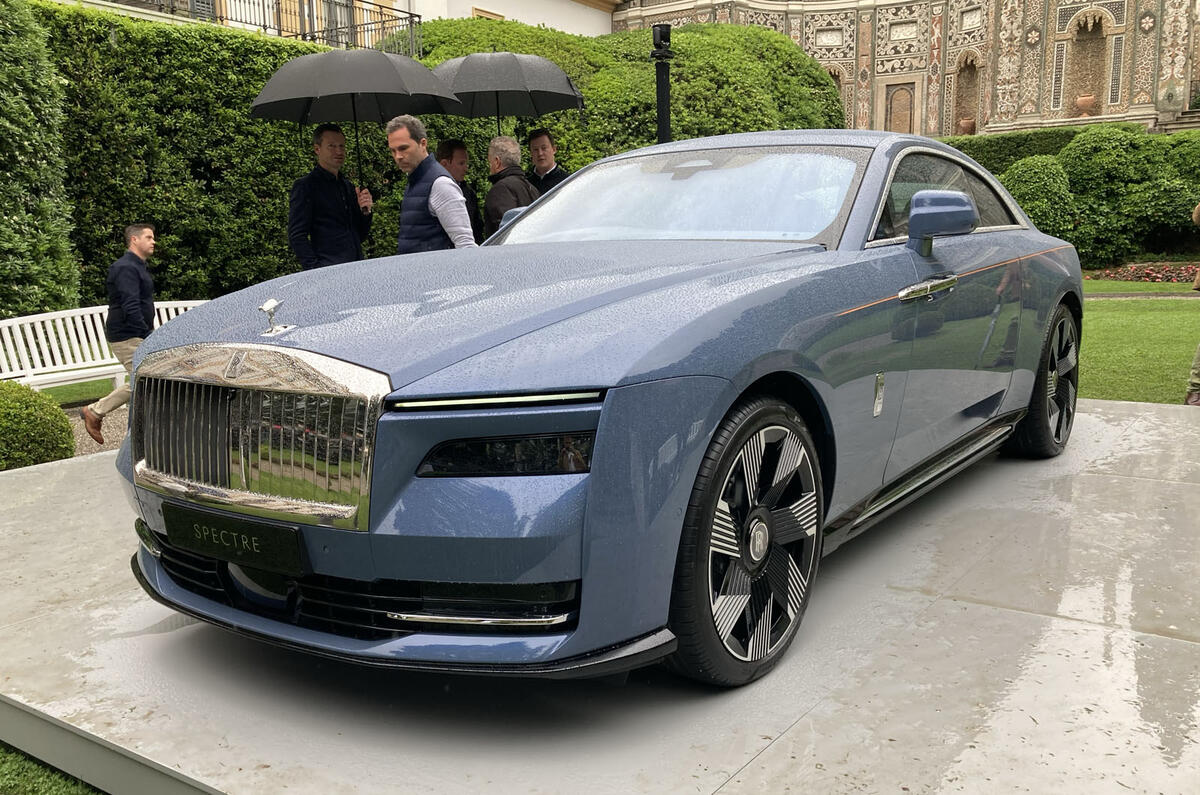
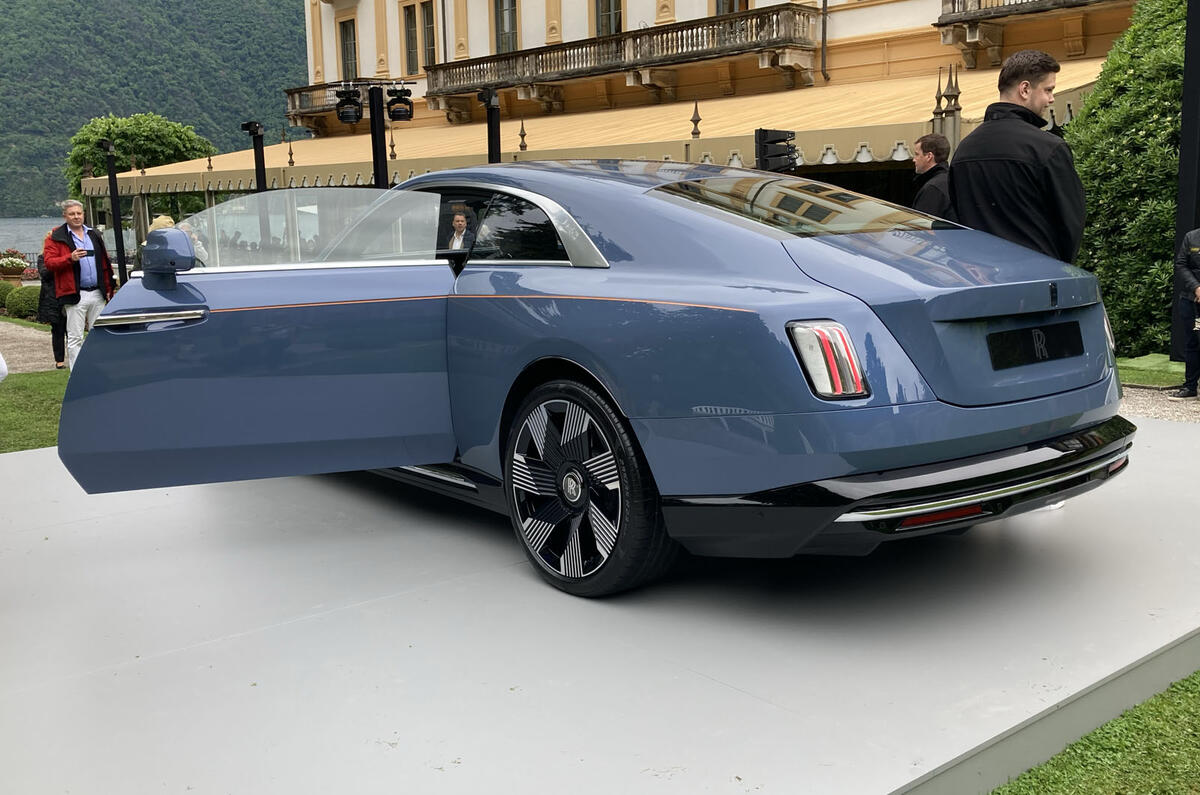
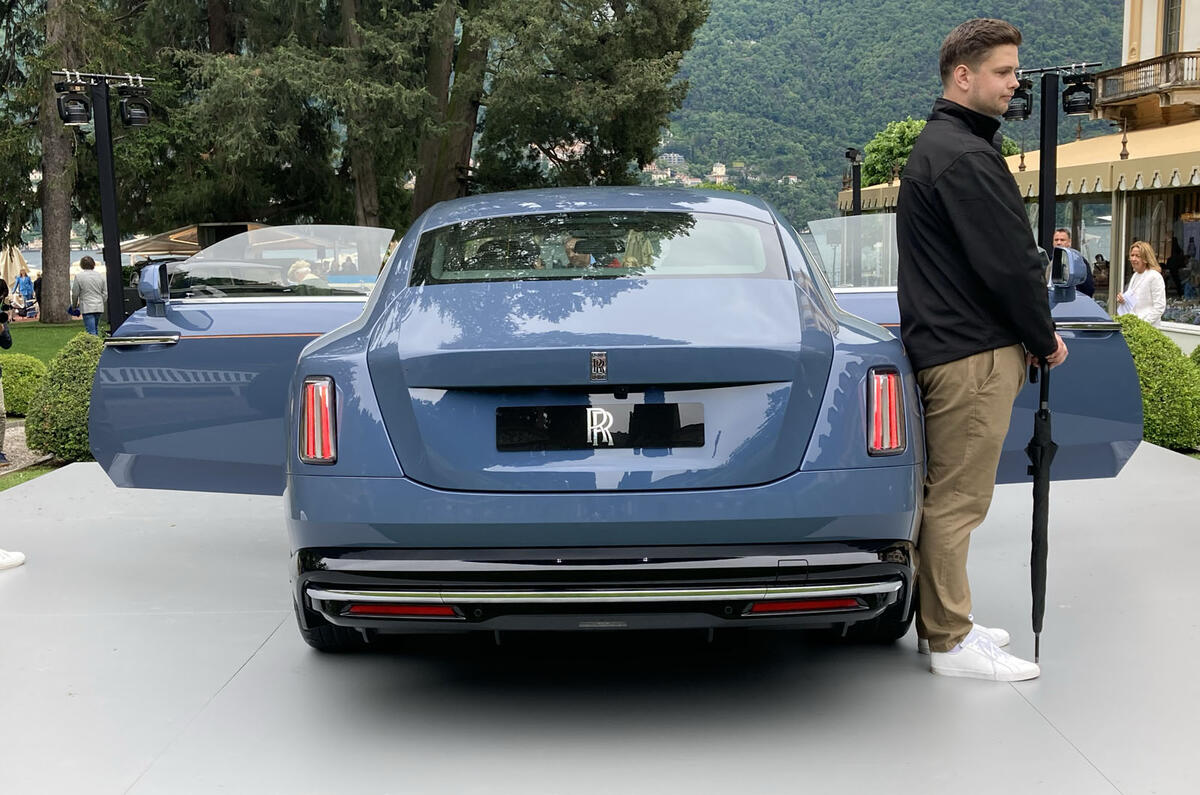
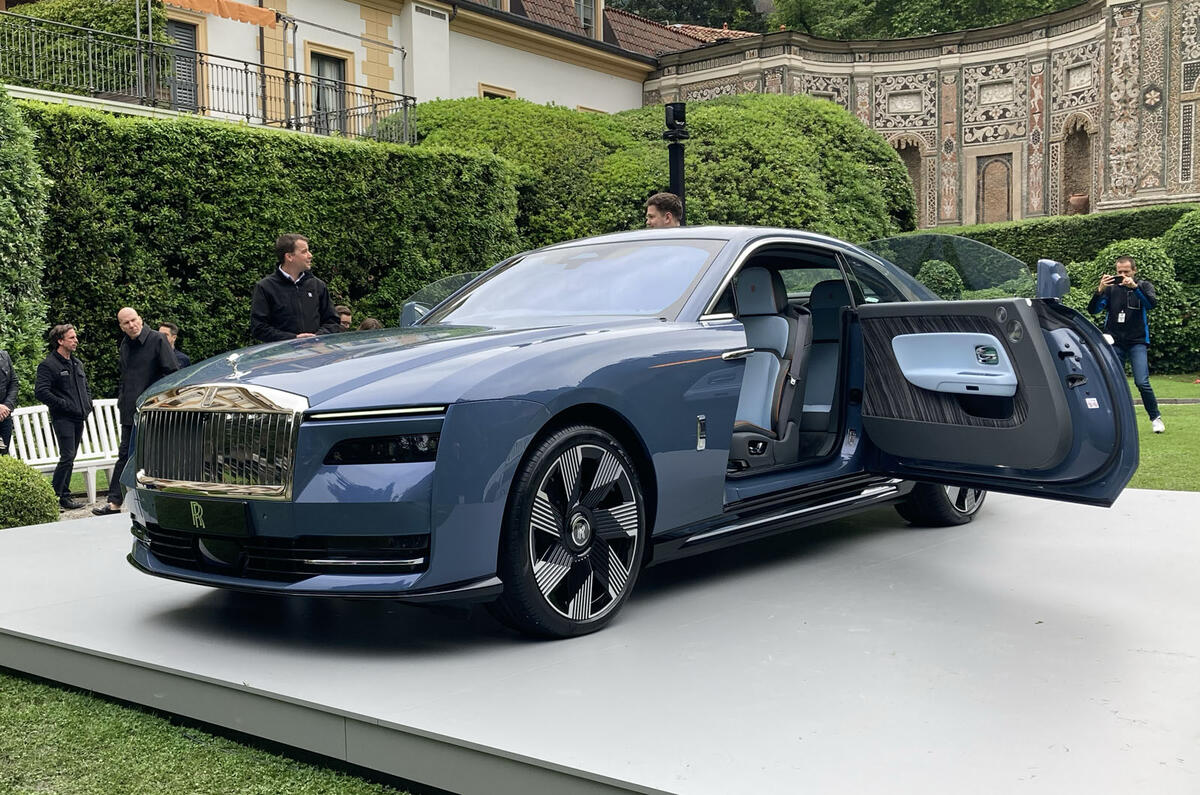
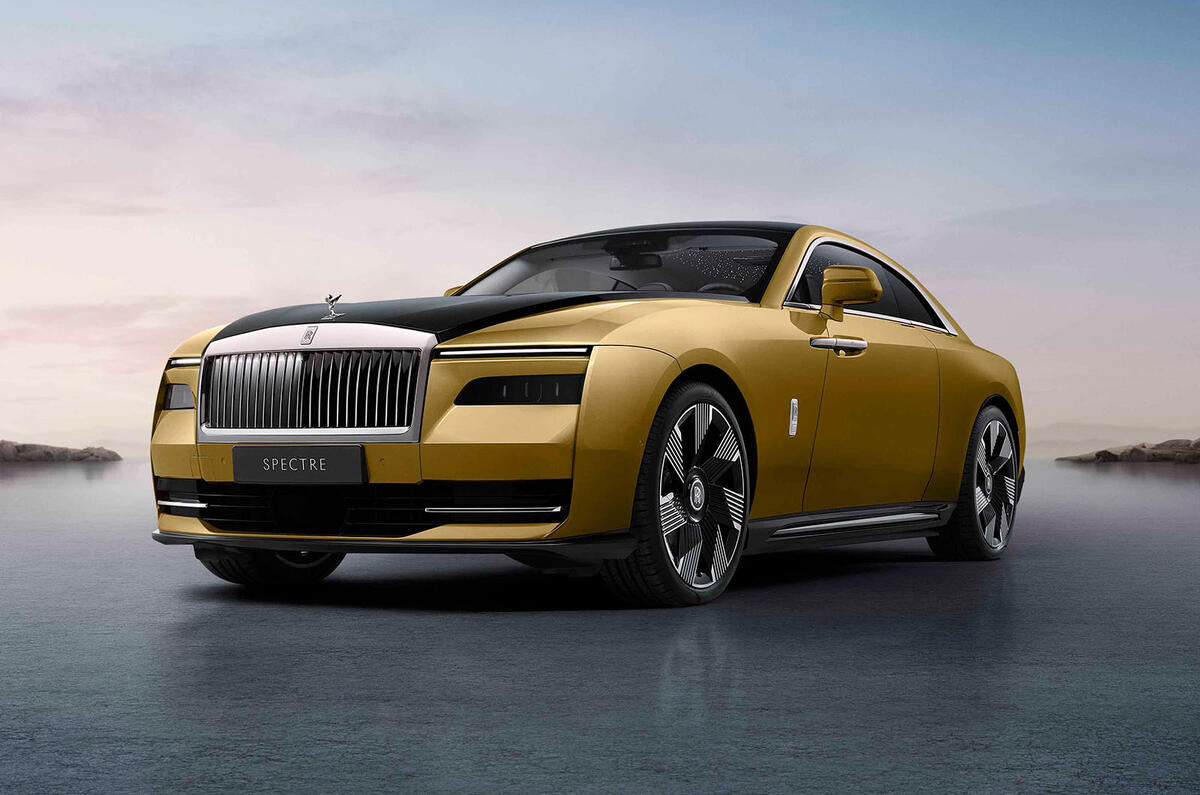
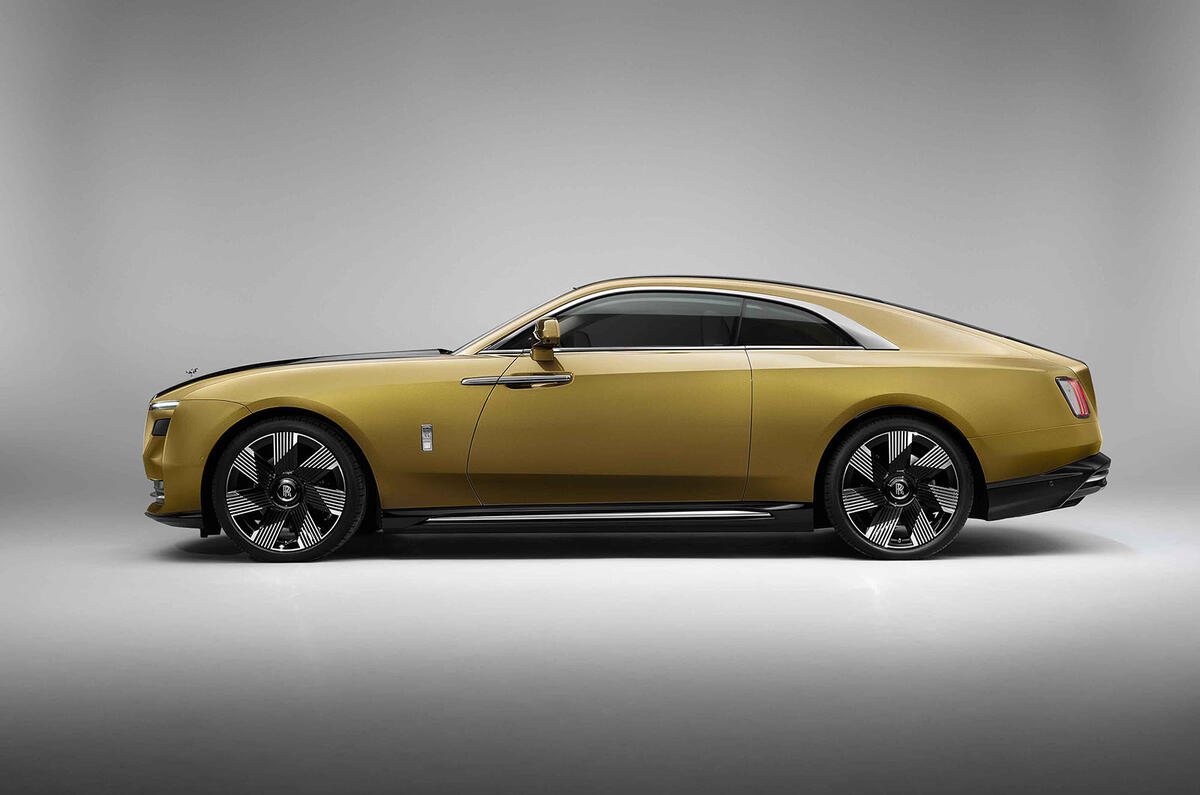
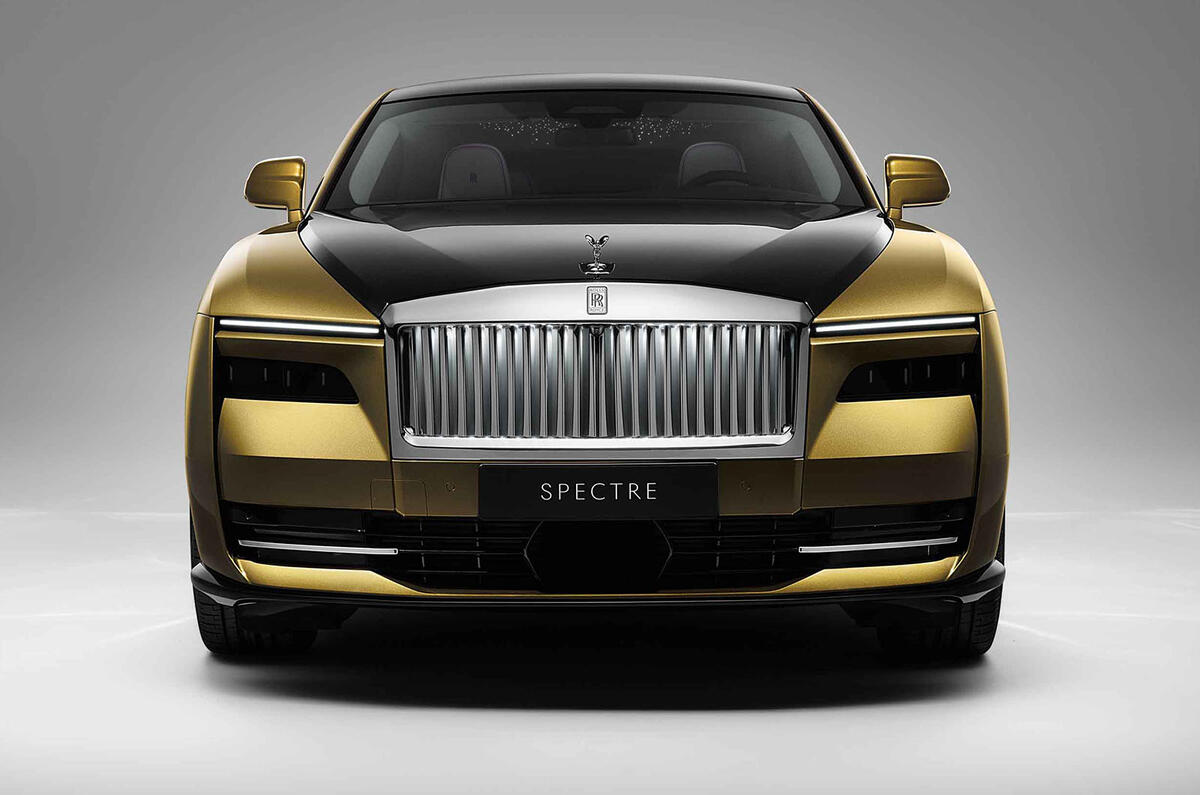
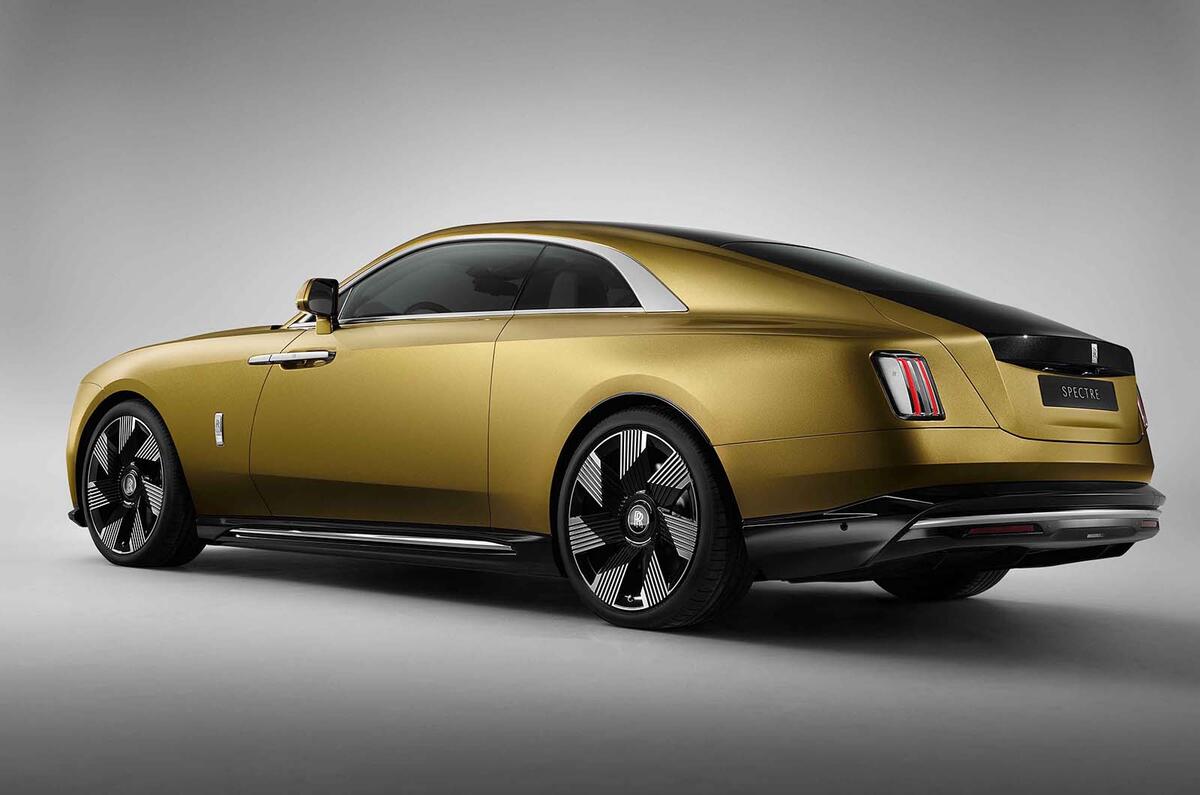
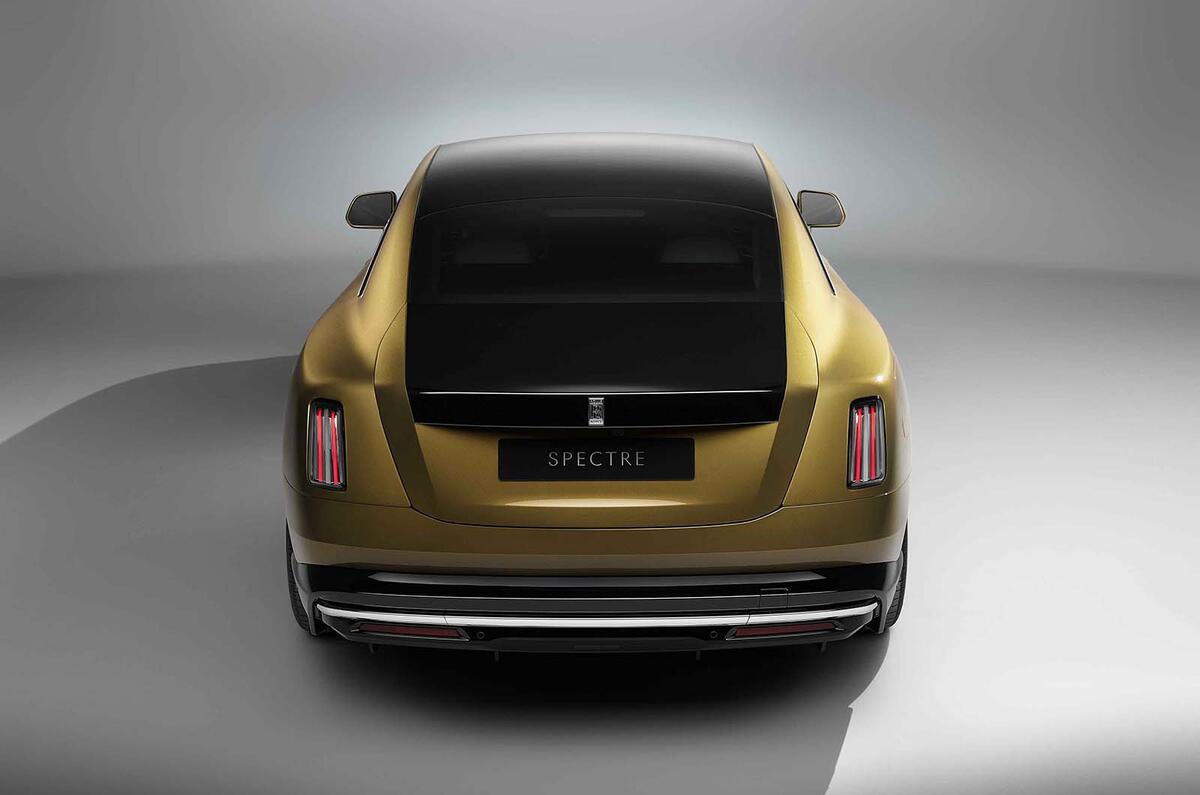
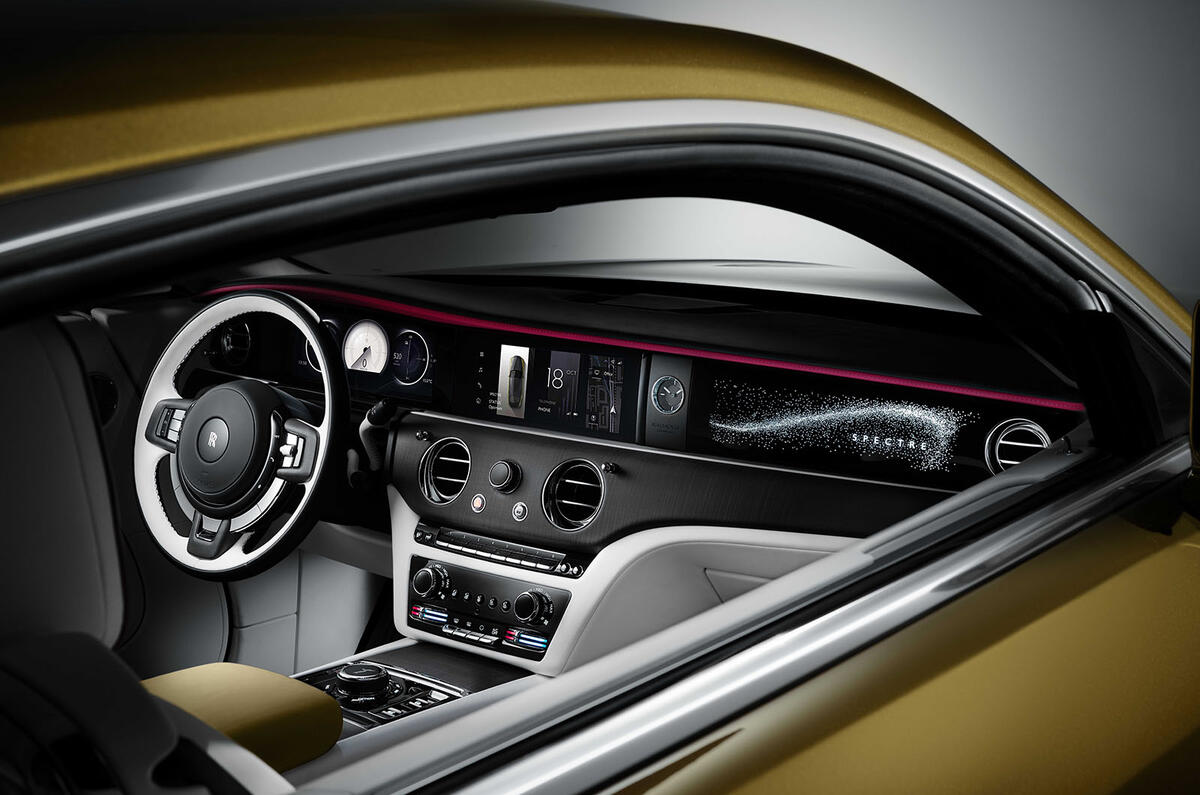
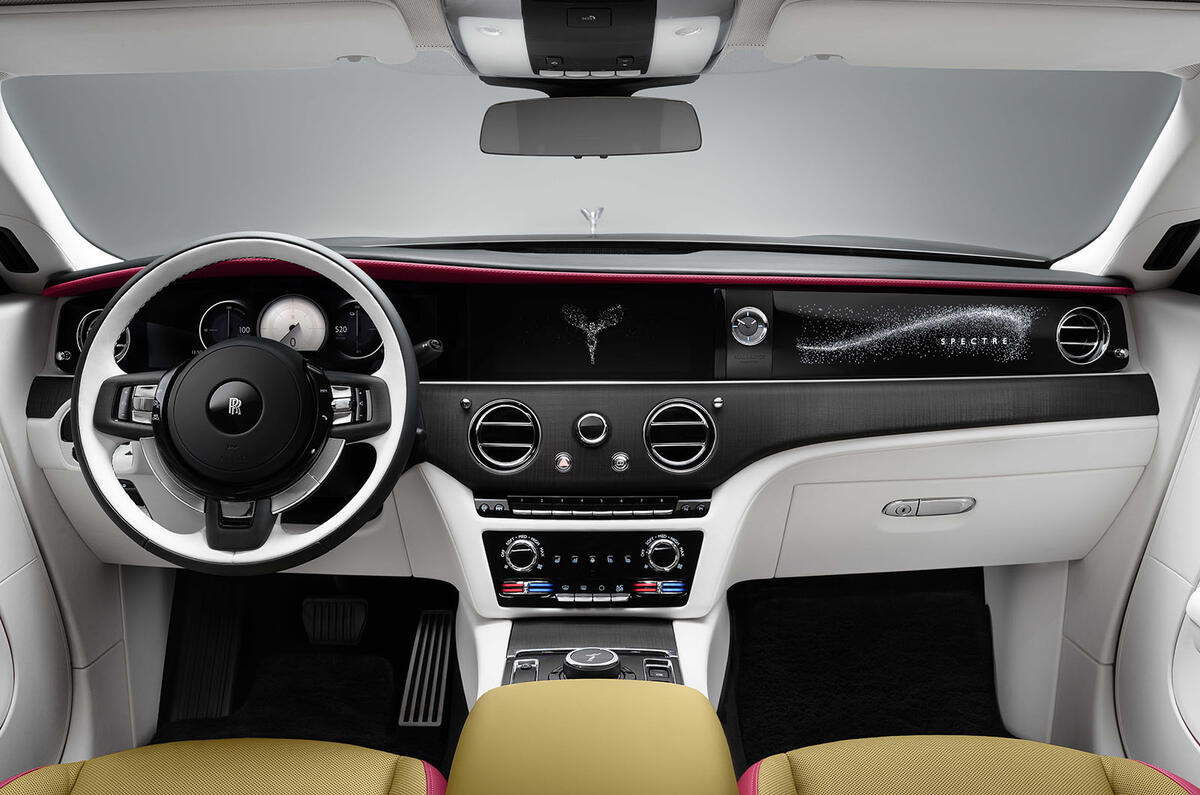
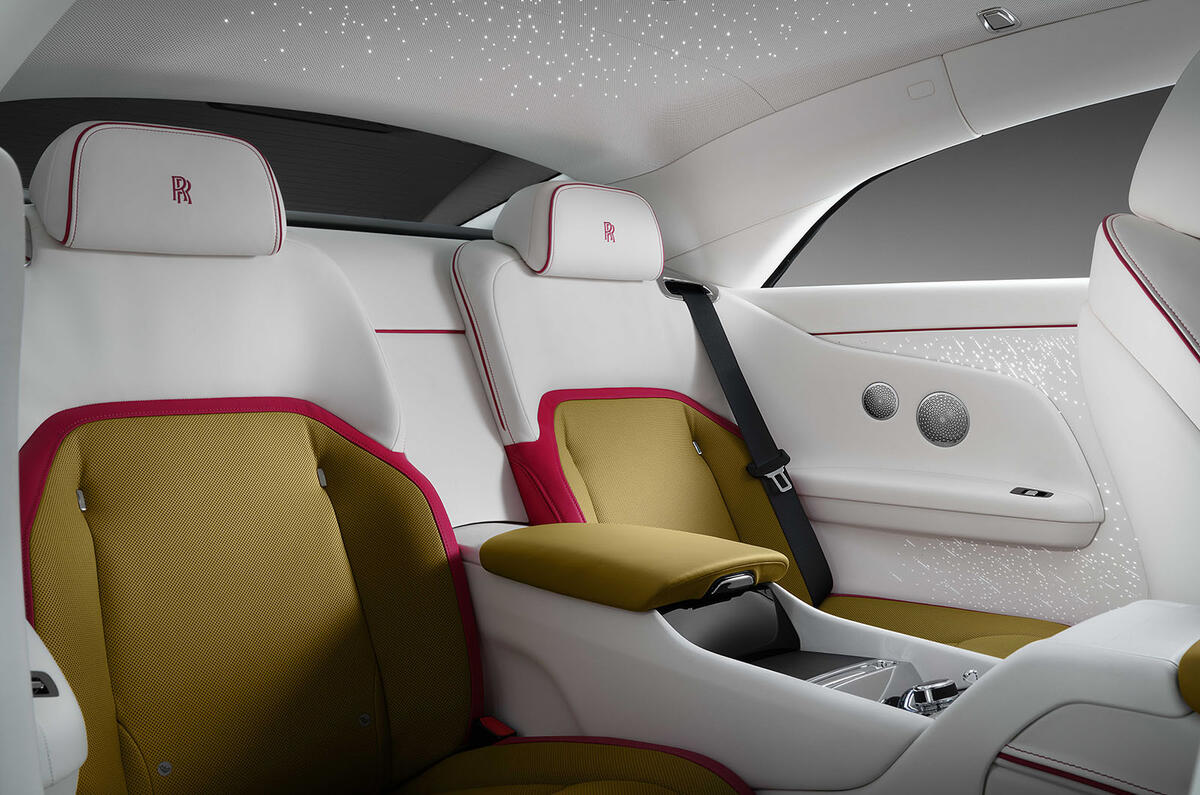
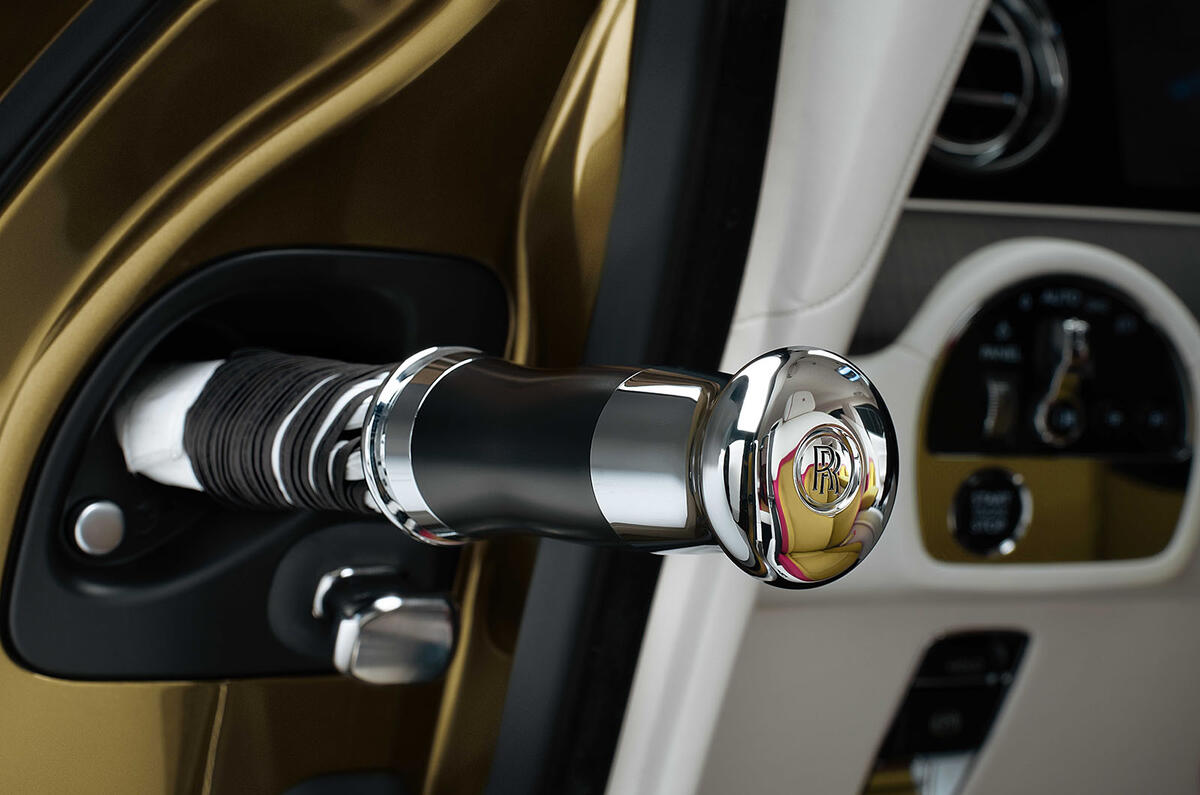
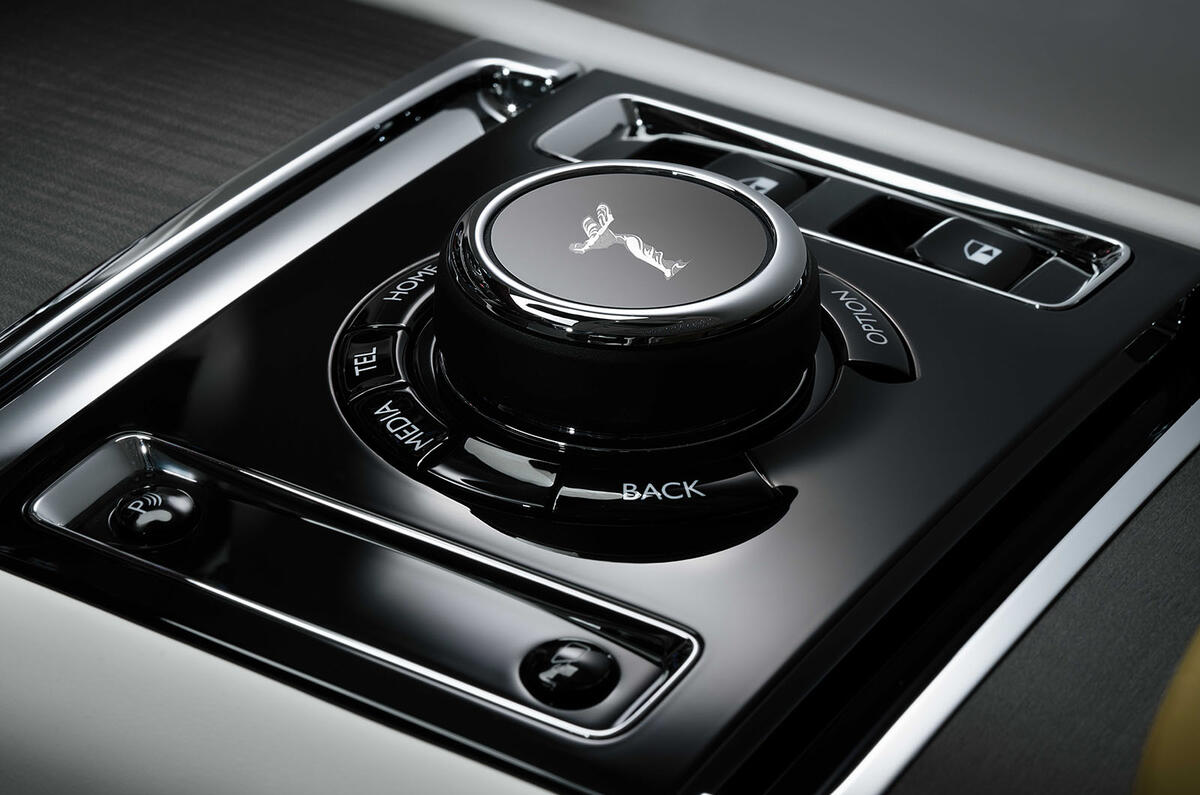
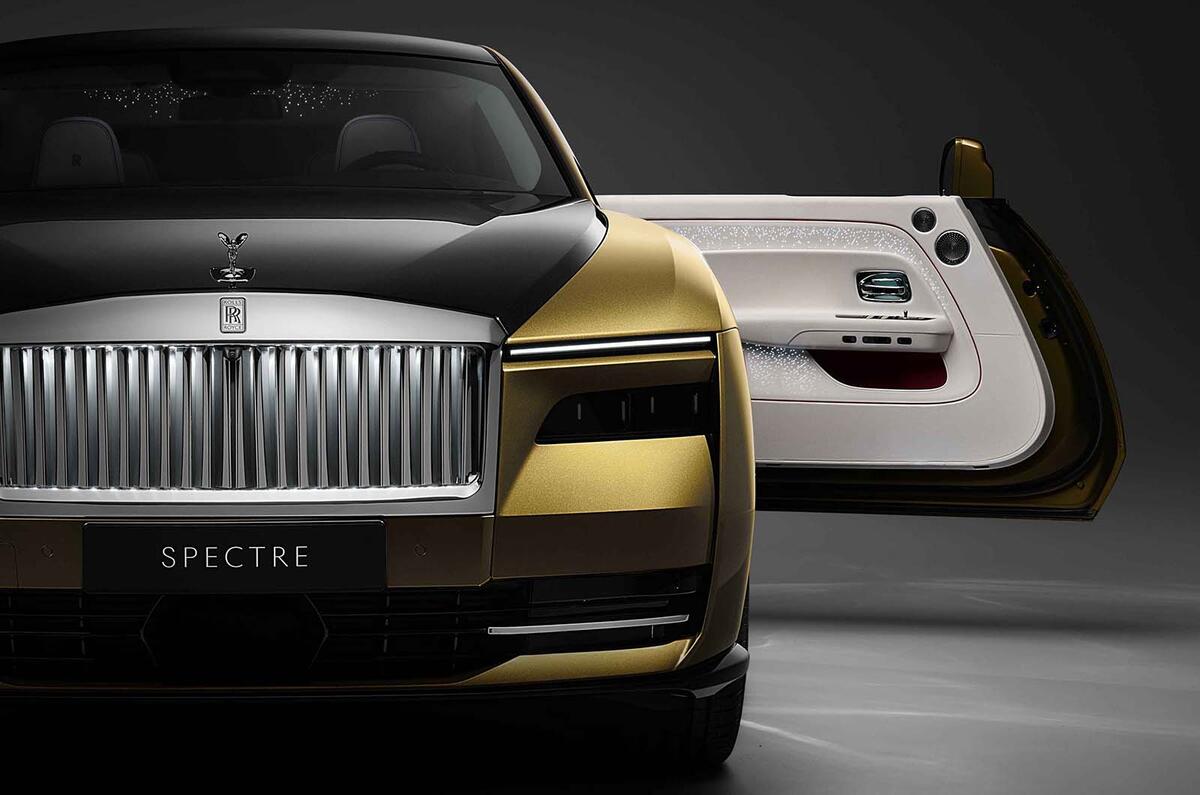
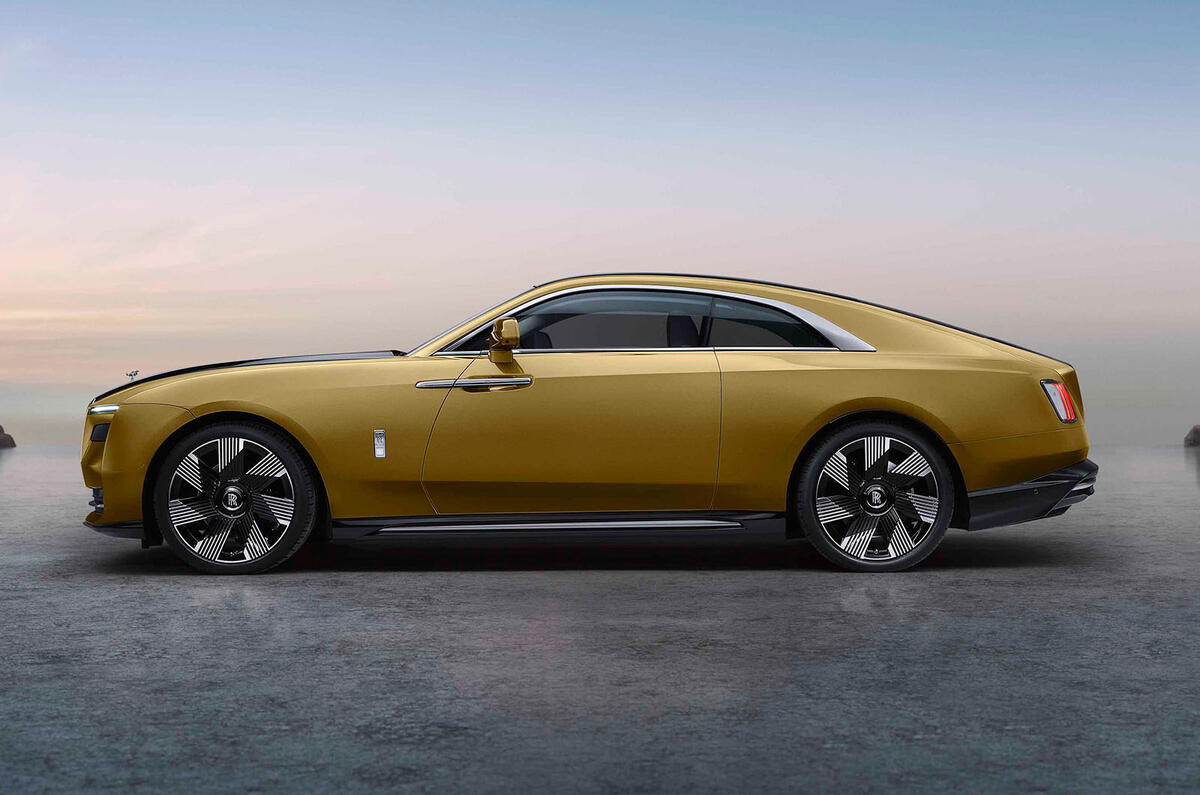
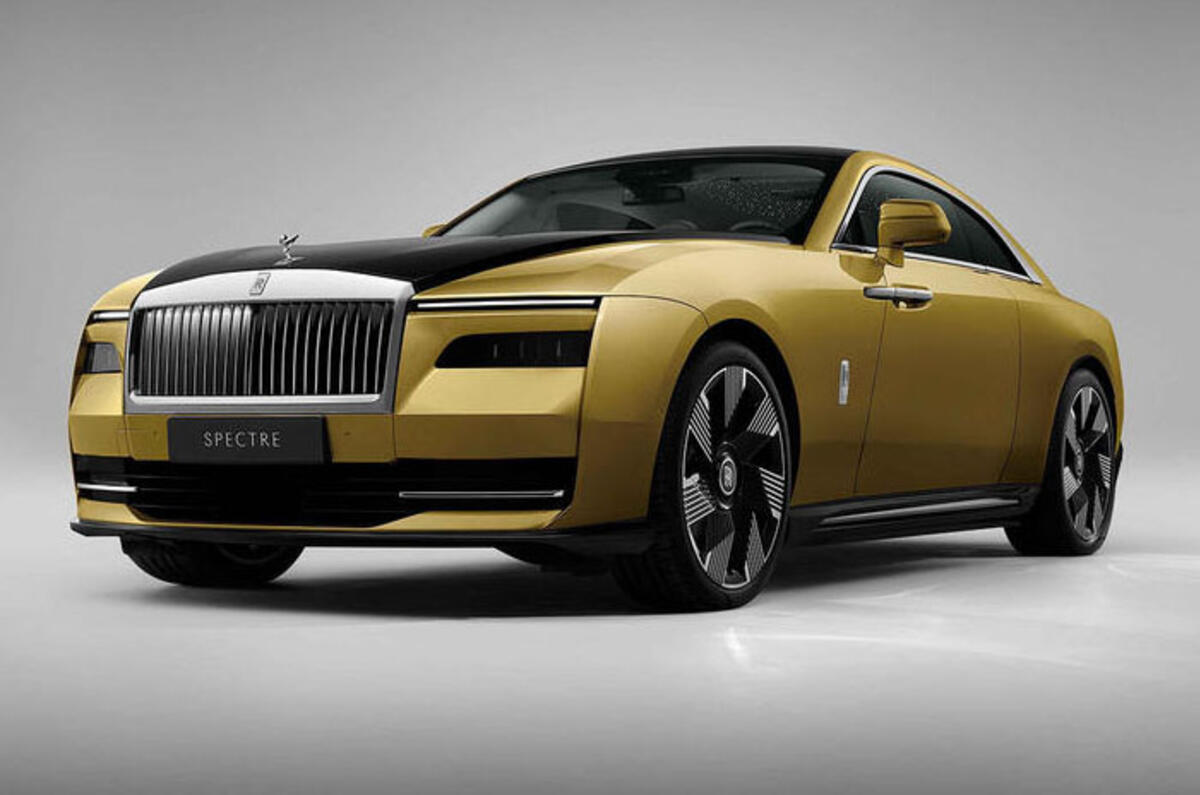
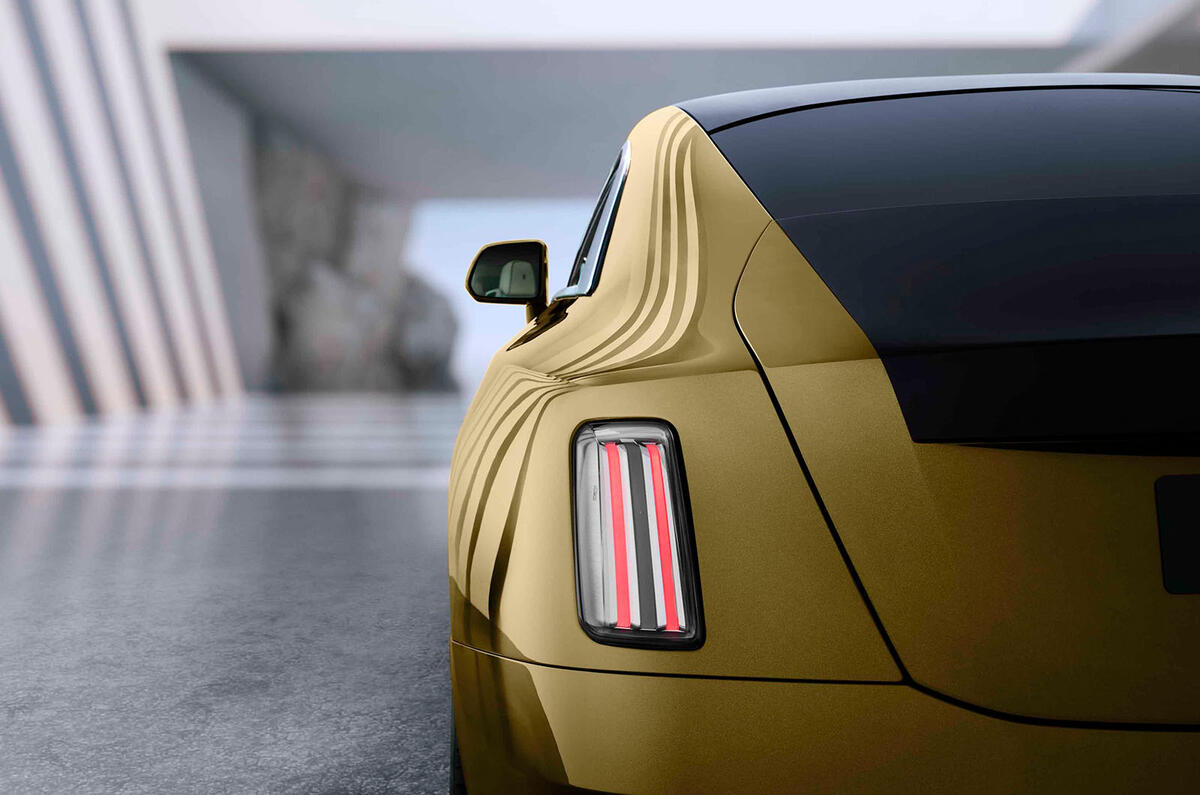
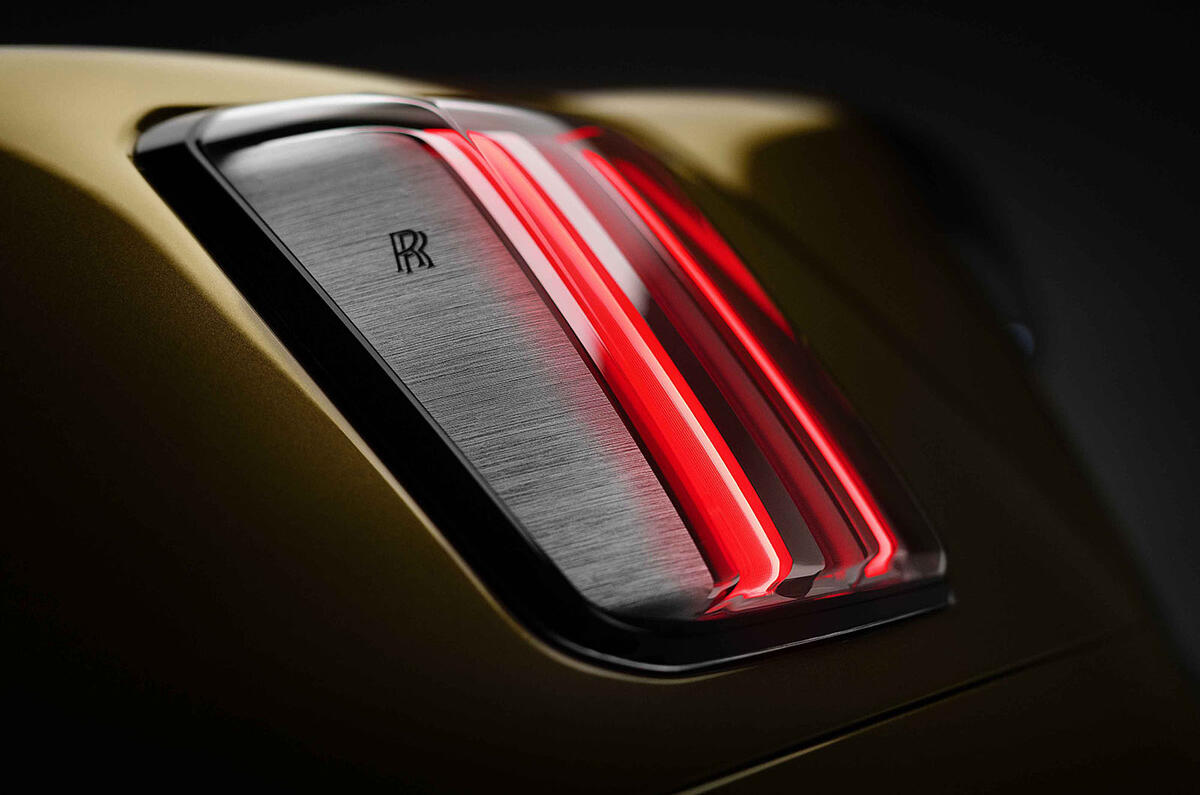
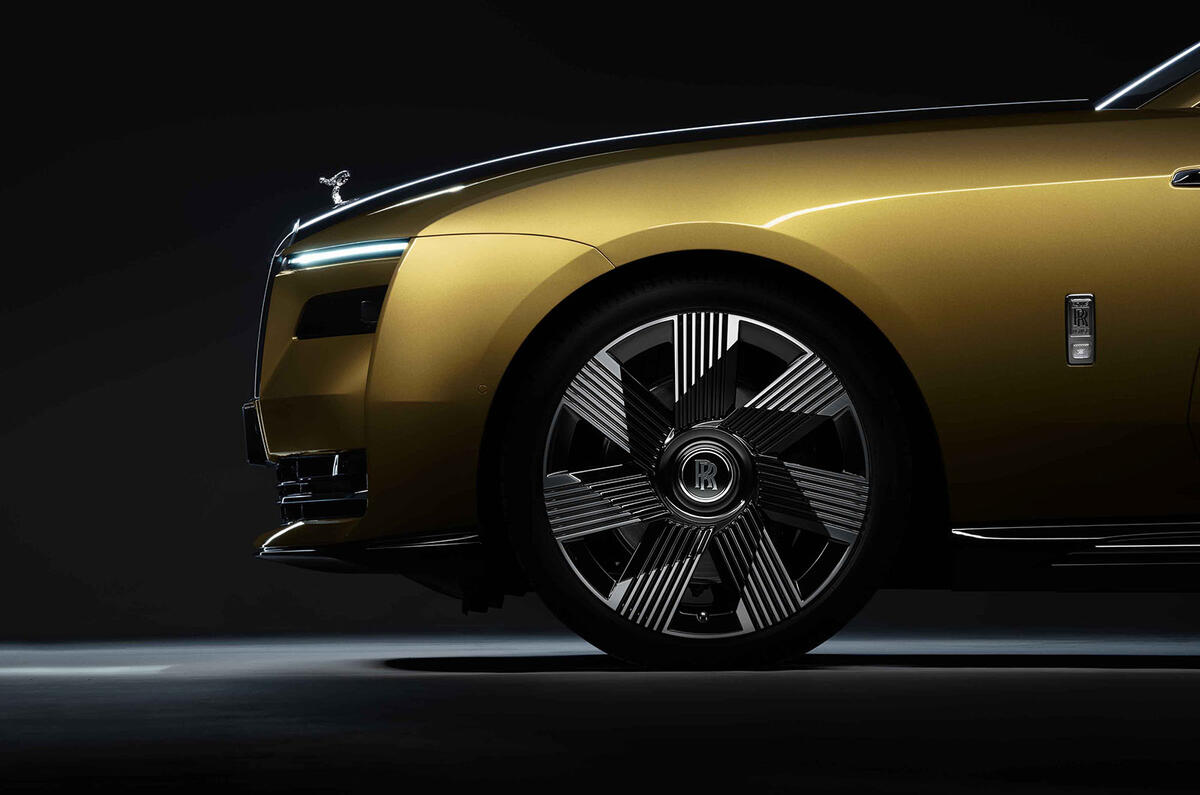
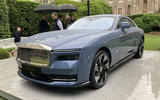
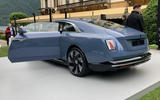
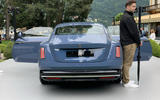
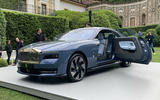
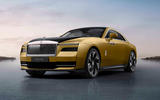
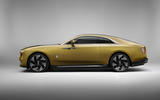
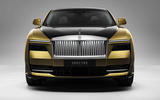
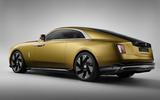
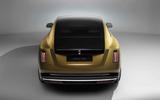
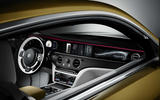
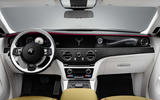
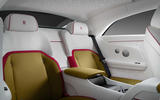
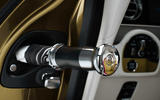
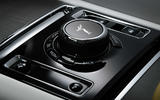
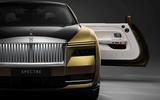
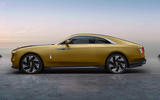
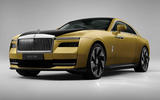
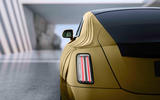
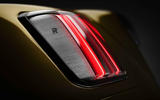
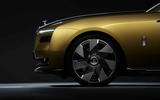












Join the debate
Add your comment
Drag coefficient is irrelevant without adding in the frontal area, (CdA), which presumably is enormous.
Ugly Fat BARGE for the Rich & Famous.............. But weighing in at 3 tonnes, don't they have to have a HGV lisence to drive it????